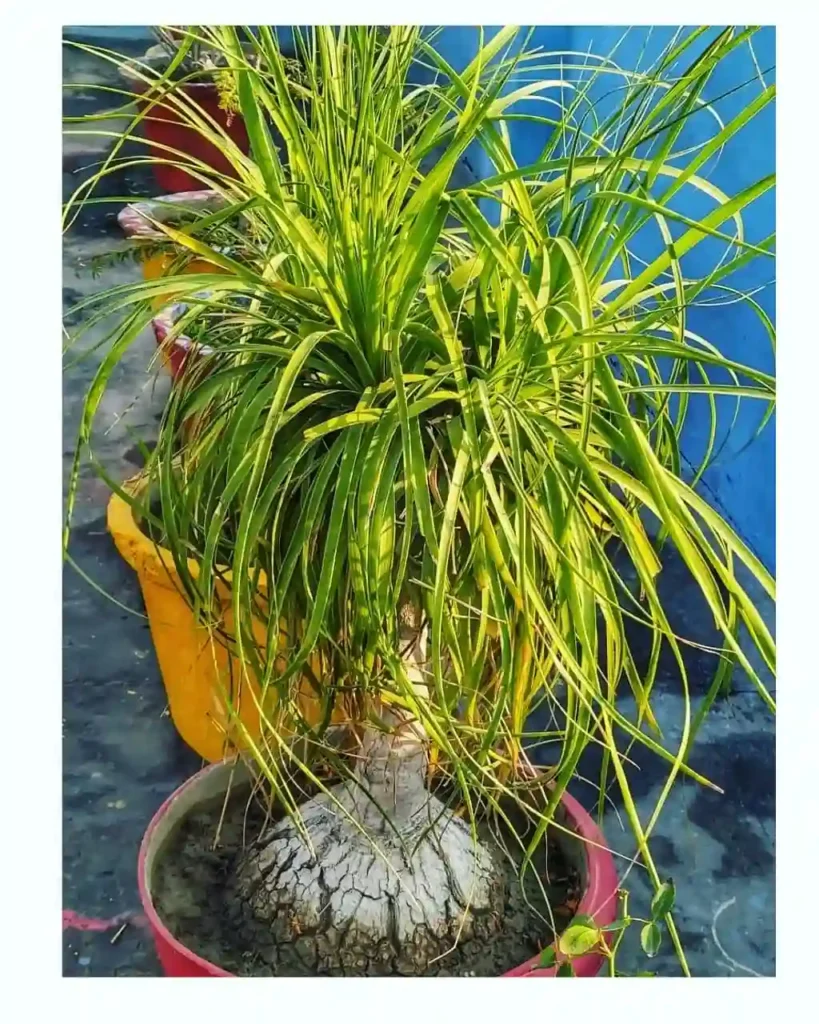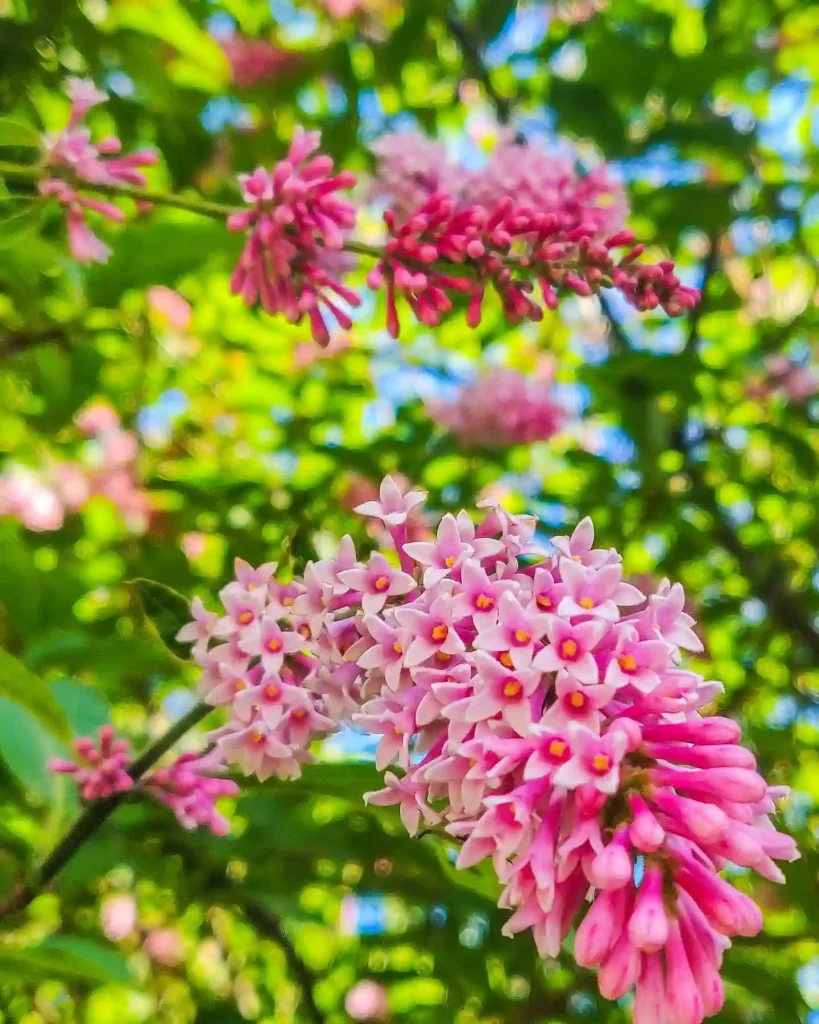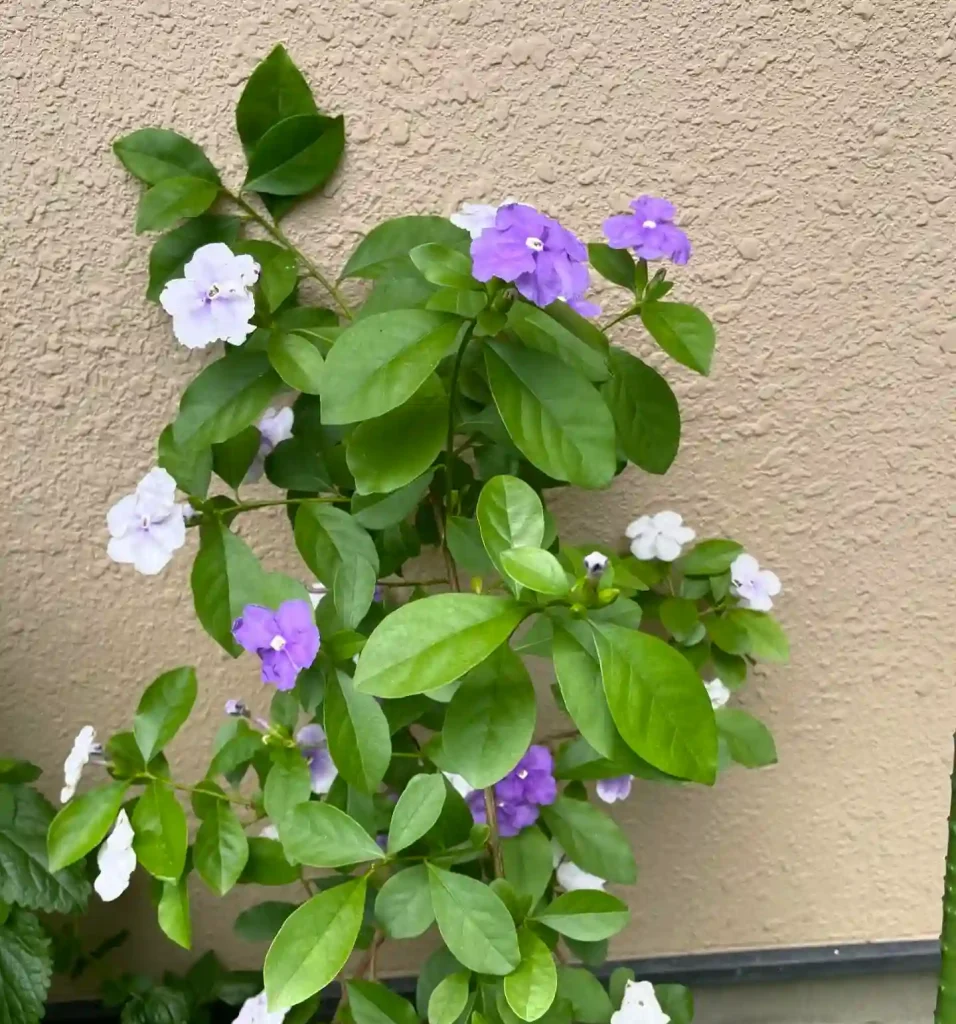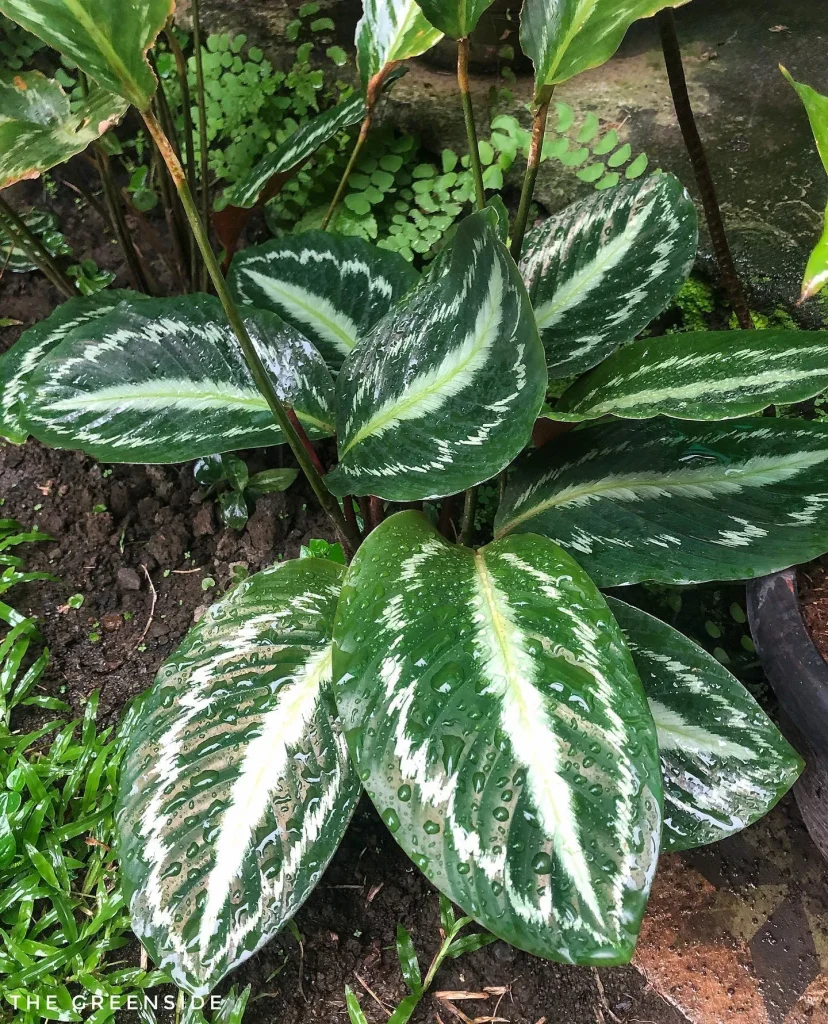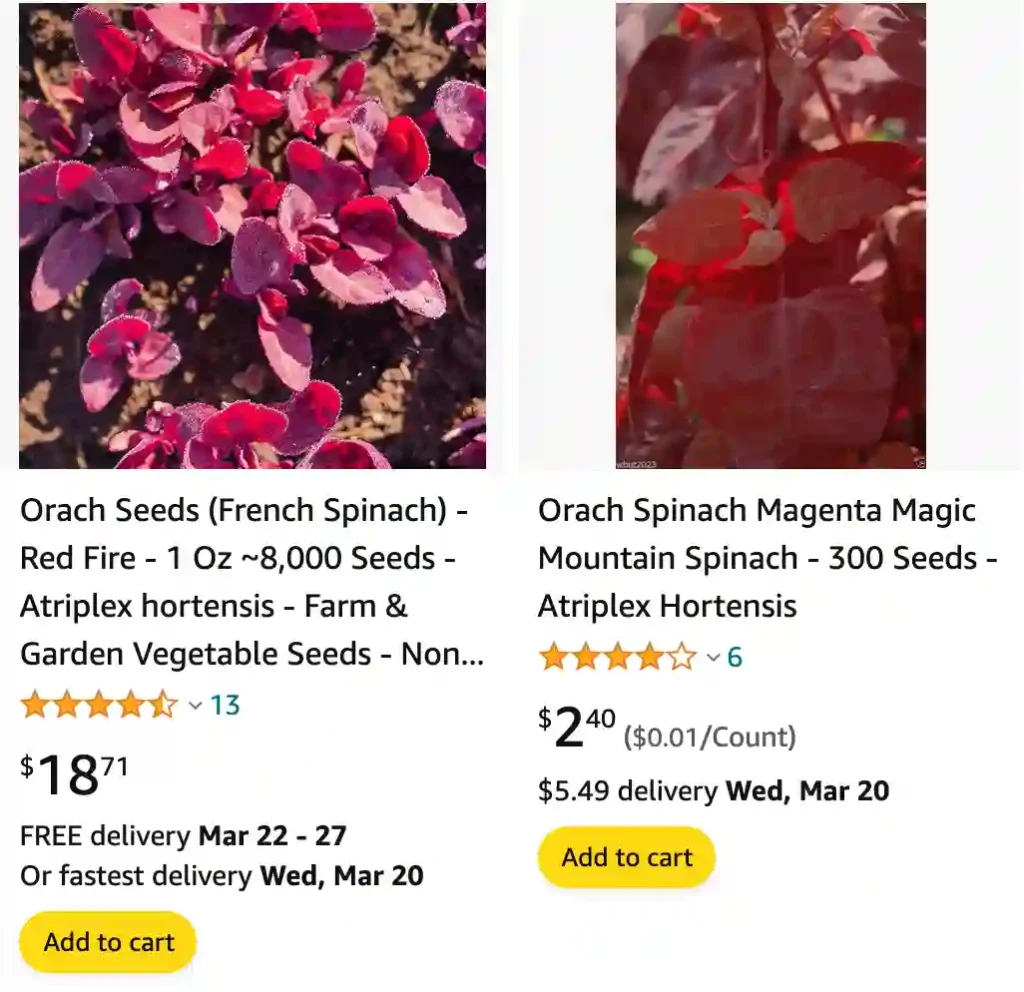
All About Atriplex Hortensis: Your Guide to the Leafy Green You Never Knew You Needed
Hi there, Ferb Vu here! Today, we’re diving into the world of Atriplex hortensis, a fascinating and underappreciated leafy green. You might know it by its common names: garden orache, red orache, mountain spinach, or French spinach.
This plant has a rich history, predating spinach as a popular vegetable. Now, it’s making a comeback as a warm-weather alternative with a unique flavor profile.
Intrigued? Let’s answer some of the most common questions about Atriplex hortensis.
256 Species in Genus Atriplex
What is Atriplex Hortensis?
Atriplex hortensis is a hardy annual herb belonging to the Amaranthaceae family. It boasts an erect, branching stem that can reach heights of two to six feet, depending on the variety and growing conditions. The leaves, with a slightly oblong shape, vary in texture and color depending on the type. Some varieties have smooth, green leaves, while others sport vibrant red or purple hues.
What Does Atriplex Hortensis Taste Like?
The taste of Atriplex hortensis is often compared to spinach, but with a subtle twist. It has a slightly earthy flavor with a hint of saltiness and a refreshing tang. Some describe it as having a more complex taste than spinach, making it a welcome addition to salads and cooked dishes.
How Do I Grow Atriplex Hortensis?
Great news! Atriplex hortensis is a relatively easy plant to grow, even for beginner gardeners. Here’s a quick guide:
- Planting: Sow seeds directly outdoors as soon as the soil can be worked. Aim for early spring plantings and consider successive sowings every few weeks throughout the season for a continuous harvest.
- Spacing: Seeds should be planted thickly in rows spaced 1.5 to 2.5 feet apart.
- Sunlight: Opt for a location with full sun exposure for optimal growth.
- Soil: Atriplex hortensis thrives in well-drained soil of average fertility.
- Watering: Water regularly, especially during periods of hot or dry weather. Avoid overwatering, which can lead to root rot.
How Do I Harvest Atriplex Hortensis?
You can start harvesting Atriplex hortensis leaves once they reach a size you prefer, typically around 3-4 inches in length. Regularly picking younger leaves encourages continued growth and prevents the plant from flowering.
How Do I Use Atriplex Hortensis in Cooking?
Atriplex hortensis is a versatile ingredient that can be enjoyed in various ways. Here are some ideas:
- Salads: The young, tender leaves add a delightful texture and flavor to salads. Consider pairing them with other greens, fruits, nuts, and cheeses for a vibrant salad.
- Sautéed Greens: Sauté Atriplex hortensis leaves with garlic and olive oil for a simple and flavorful side dish. Add a squeeze of lemon for a touch of acidity.
- Soups and Stews: Incorporate chopped Atriplex hortensis leaves into soups and stews for an extra nutritional boost and a subtle spinach-like flavor.
- Stir-fries: Throw chopped Atriplex hortensis leaves into your stir-fry for a quick and healthy addition.
What are the Health Benefits of Atriplex Hortensis?
Atriplex hortensis packs a nutritional punch! It’s a good source of vitamins A, C, and K, as well as essential minerals like iron, calcium, and magnesium. Additionally, it contains antioxidants that may offer various health benefits.
Where Can I Buy Atriplex Hortensis Seeds?
Atriplex hortensis seeds are becoming increasingly available online from reputable seed suppliers. You might also find them at local nurseries specializing in heirloom or unusual vegetables.
Conclusion
Atriplex hortensis is a unique and flavorful leafy green waiting to be explored. With its ease of growth, versatility in the kitchen, and potential health benefits, it’s definitely a plant worth adding to your garden. So, why not give it a try? You might just discover your new favorite green!
If i die, water my plants!
